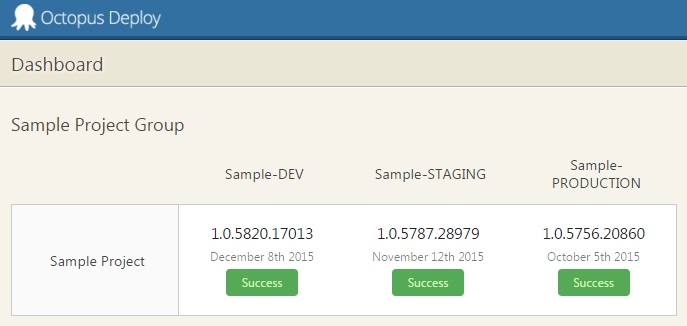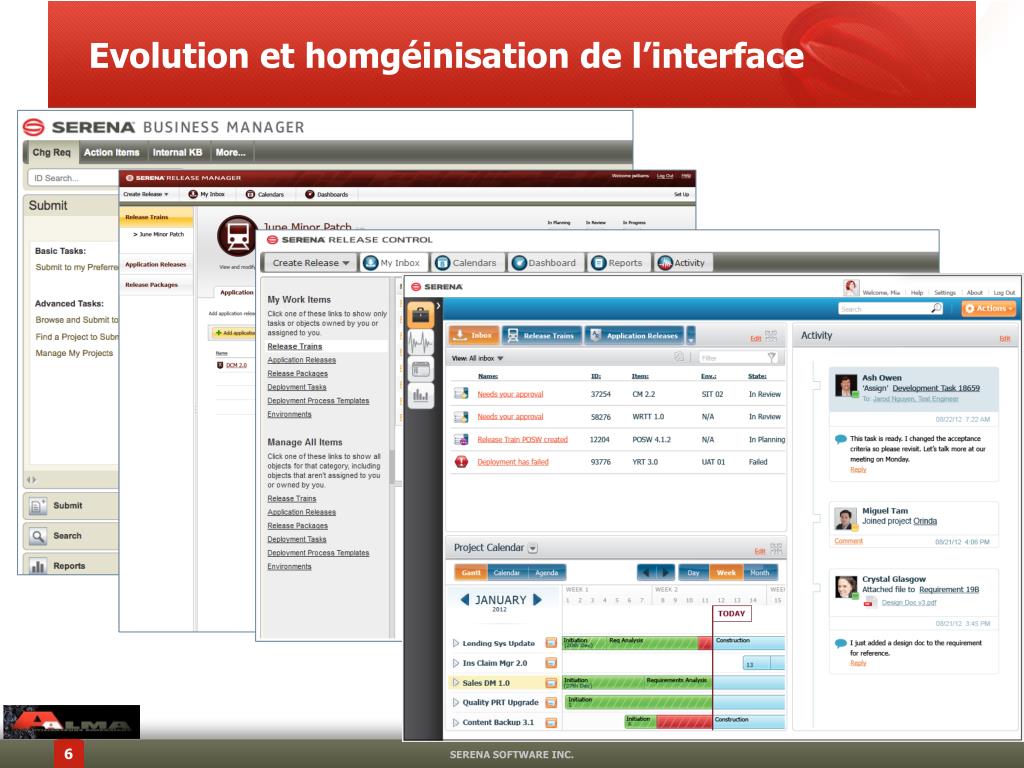

As always, these links are also available on the Links tab of the work item form.įollow the steps below to enable this feature on an existing build definition: Found in build (Used by test tools to create new issues found in the build)īelow is a sample of the development links control with the new “Integrated in build” link that was added to the associated work item when the build completed.Integrated in build (Used by builds to link the associated work items).In a nutshell, this feature allows users to track builds that have incorporated their work without having to manually search through a large set of builds.įor a richer, more first-class experience, we decided to leverage links instead of the existing build-related fields and introduced 2 new link types:

TFS ADD BUILD TAG UPDATE
You can still filter using them within Excel but the mechanism in which they are presented (as a semi-colon list of keywords) means easily filtering by individual tags isn’t possible.The “ Automatic linking of a build with associated work items” feature was released in TFS 2017 Update 2 (see the Release Notes). If you regularly use Team Explorer or Excel to manage your TFS backlog then they may be of limited use. One item to be aware of with tags is that right now the best experience with them is on the web. This is extremely useful and a great way to get around some of the work item customisation limitations in Team Foundation Service. The great thing with this approach is as you add a filter to a backlog the remaining filter options display the number of work items that match that element – in the example below we can see that there are 90 “team sites” and 77 “applications” that are also tagged “keep”. Which allows us to easily filter the backlog (and Sprint backlogs if you use a query view for a Sprint) like this: When creating our backlog we tagged each item as we bought it in, resulting in a set of terms we can easily filter with. In addition to business unit we then have a couple of key classifications that would be useful to filter results on: type of the source system long term plan for the system once migrated. To this end, the Area Path is setup so that we can query based on Business Unit. Our primary concern is to arrange our work by business unit – this will ultimately determine the order in which we undertake work due to a larger project that will affect availability of our target system for these business units. I’m now working on a project where we are performing a large number of migrations between platforms and must deal with a fair amount of variation between our source system and our target. I must admit until my most recent engagement that I hadn’t looked closely at tags as I’d found that using a well thought through Area Path scheme tended to work well when querying work items. To go some way to address this Microsoft released an update to Team Foundation Service in January 2013 to provide a ‘tag’ feature that allows users to add meta-data to a work item. While the out-of-the-box work item types mostly suffice there are cases where not being able to customise the template impacts your ability to properly report on the work you are managing.

TFS ADD BUILD TAG FULL
See the full details online.Īs many of you have found, at present it isn’t possible to customise work item templates to provide custom fields the same way you can in the on-premise version of TFS. Updated: early in 2014 Microsoft released an update that now makes it possible to query using Tags.


 0 kommentar(er)
0 kommentar(er)
